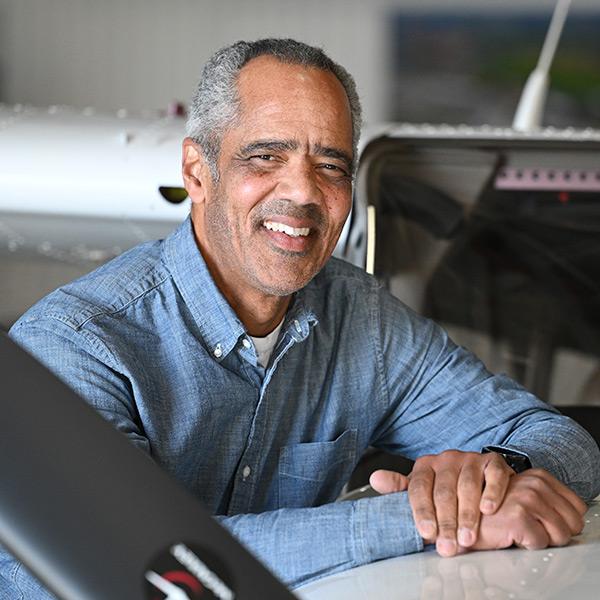Demand for airline pilots 'normalizes'
Post-pandemic surge abates
Major U.S. airlines hired 2,190 pilots during the first six months of 2025, continuing to relax the pace of the hiring surge that defined 2022 and 2023.
The sharp decrease in the onboarding of new pilots reflects what many in the industry call normalization—a reasonable leveling off that brings hiring more in line with pre-pandemic rates. Based on recent forecast revisions, though, retirement might be the top topic for years to come.
The number of pilots turning 65 and having to retire as a result “was supposed to peak in 2026,” based on earlier forecasts, said Tim Genc, executive editor of the Future and Active Pilots Alliance. “But the forecasts have been revised, and now retirements are expected to peak in 2031.”
To be sure, hiring has dropped off significantly since its recent peak of more than 13,000 in 2022 and more than 12,000 in 2023. Genc said he even noticed the change while attending this year’s EAA AirVenture Oshkosh. Gone, or at least downsized, were the airlines’ large, elaborate displays from the year before. The overall effort “seemed lighter this year,” Genc said.
Still, conditions are not historically poor. United Airlines is leading with 759 new pilots hired so far in 2025, followed by American Airlines with 606 and Delta Air Lines with 500. Other carriers including Frontier Airlines and UPS, account for the remainder. The combination of increasing deliveries of new aircraft and potentially more retiring pilots than expected could boost demand for new flight crews soon. For those who are waiting, Genc recommends that young pilots use the time to build hours and acquire ratings and endorsements that make them more attractive to employers. Becoming an instructor is an effective strategy for enhancing career prospects. “The traditional path of 'CFI to right seat' at a regional airline is still in effect,” Genc said.
One of the most important effort pilots can make in fostering their careers is to cultivate a network of people who can help them by mentoring, making key introductions, or letting them know about job opportunities.
“In aviation, ‘who you know’ is still important,” Genc said. “Go to as many events as you can and meet as many people as possible.”
Genc said the soaring market for flight crews in the wake of the pandemic “spoiled” aspiring airline pilots because jobs were almost too easy to find. He remembers the so-called “lost decade” in the airline industry, from the late 1990s until about 2010, when there was a glut of pilots and new hires at regional airlines had to get by on remarkably meager wages.
The market is better for airline pilots today. It might not be booming, but it looks like airlines are going to need many new pilots in the coming years to replace retirees and to crew their growing fleets as demand for air travel rises. The reported total of 4,834 airline pilots hired in 2024 might seem disappointing when compared with the extraordinary period of 2022 and 2023. During normal times, though, this figure reflects a good year.
We should not expect to see 12,000 or 13,000 new hires again, Genc said. A realistic figure for a healthy airline pilot market is closer to 5,000.




